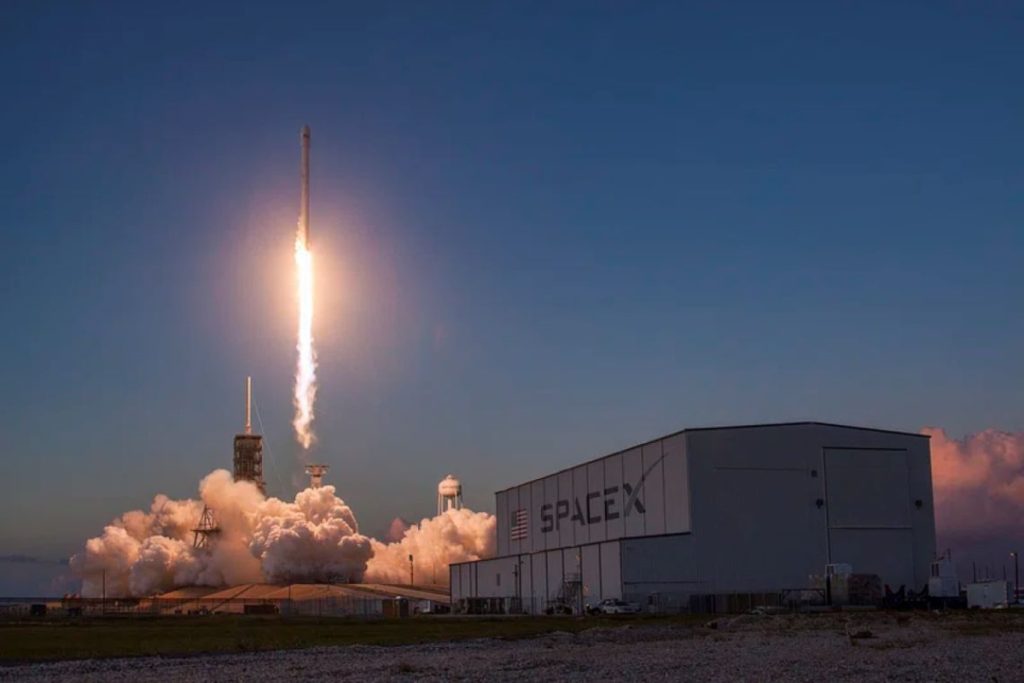SpaceX had the first launch of their Starship spacecraft in April. However, the vehicle ended up in a ball of fire after a system malfunction not long after lift-off.
After rigorous repairs and upgrades, another prototype of the Starship will take to the skies this Saturday in another adventurous test launch. SpaceX CEO is quite optimistic about this second test launch.
Taking the Largest Payload to Space
Judging by the Starship’s sheer size, it still holds the record of the largest space vehicle ever built, all thanks to its massive Super Heavy rocket booster.
The goal of outfitting Starship with such giant rocket boosters is to give an enormous thrust to deliver several tons of payload in a single launch—a requirement for NASA’s lunar and Mars exploration.
Several Prototypes Before Perfection
Due to the failed flight of the first flight prototype, SpaceX had to wait for clearance from regulatory bodies before proceeding with another test launch.
Elon Musk and his team had a second prototype ready as early as September but had to wait for the green light from the FAA. Finally, all bottlenecks have been removed, and Boca Chica is ready for the second test.
The Grand Space Exploration Contract
The Starship project is the product of a partnership between SpaceX and NASA. The $4 billion deal has Mars colonization as its broad goal, and SpaceX’s role is to develop a reusable transport system to deliver astronauts to Mars safely.
SpaceX was not the only company to bid for the NASA contract; however, they now target landing humans on Mars by 2026.
Trials Birth Success
Despite often being seen as too optimistic with his projections, the first test launch of the Starship exceeded expectations.
Though many tagged the explosion of the first Starship launch prototype as a failed attempt, SpaceX has stated it was a huge success. Musk had suggested before the first launch that getting the spacecraft off the launchpad would be enough success for his team.
The Environment Bears the Brunt?
However, there was an outcry from wildlife and environmental activists after the first test launch of the Starship.
After the self-destruct explosion that occurred during the first test launch, debris came raining down on the wildlife reserve that neighbors SpaceX’s Boca Chica test site. This was a major reason why the FAA stalled the second test launch.
One Huge Rocket
The Starship and its Super Heavy rocket booster have a combined height of almost 397 feet. This is about the height of a 44-story building and stands taller than the Statue of Liberty.
For the second launch, Musk hopes to nail the in-flight separation of the booster rocket from the Starship capsule.
Improving with Each Iteration
To achieve a successful first-stage separation, the Super Heavy booster must have exhausted its fuel and help the capsule attain escape velocity.
However, SpaceX has improved the stage separation method. They developed a system to make the ignition of Starship’s rockets initiate its separation from the first-stage booster.
The Advent of Reusable Space Rockets
If the second test launch goes as planned, Super Heavy will detach from the Starship capsule after lift-off and return to Earth for reuse.
The Starship capsule will then be made to go into orbit and circumnavigate the Earth before making a reentry into the planet’s atmosphere. The plan is to recover the capsule off the coast of Hawaii.
Making Mars the Second Earth
The initial timeframe jointly drafted by NASA and SpaceX for the Artemis III mission was for the actual mission to Mars to take off in late 2025.
However, the failed first launch test and the regulatory red tape that followed have extended the proposed take-off dates. William Gerstenmaier, one of SpaceX’s vice presidents, has criticized the FAA’s contribution to this delay.
Safeguard the Environment or Make Huge Leaps for Humanity?
On the other hand, environmentalists think the FAA is not doing enough to ensure SpaceX’s space exploration activities are not destroying the environment.
The group indicted the FAA for not paying attention to the debris that littered some beaches of South Florida and the bushfires that were started by the explosion of the first test flight.
Pushing the Grand Agenda
In response, the FAA has assured activists and the public that SpaceX has been tight-handed in putting safety measures in place at the launch site. This prevents debris from flying off and affecting the islands neighboring the Boca Chica test site.
The initiated lawsuit saw SpaceX denying all allegations of destroying or polluting the environment.
